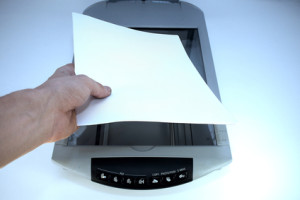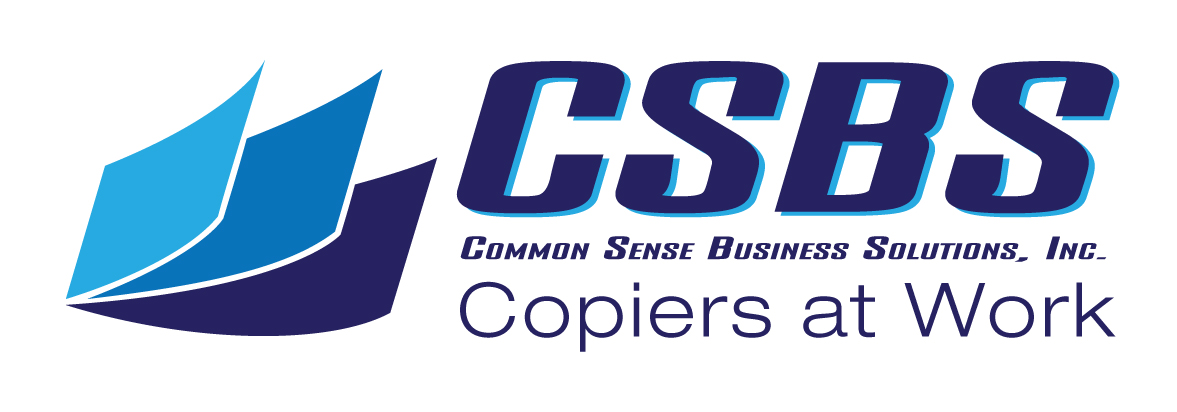 Many companies are doing more and more scanning. An important consideration in regards to scanning is where are these scanned documents going to be archived and how will you search for and find these documents.
Many companies are doing more and more scanning. An important consideration in regards to scanning is where are these scanned documents going to be archived and how will you search for and find these documents.
When the decision is made to begin scanning and archiving files electronically a key thing to determine is where will these files be archived and how will end users search for, find and access these documents. Many companies that provide multifunction copier-printer-scanner equipment also provide electronic document management equipment and software. The solutions that are available allow the end user to create processes that simply the herculean task of managing what can quickly become thousands and thousands of scanned documents.
Tasks that can be automated when scanning documents
Create Searchable PDF files; inherently a PDF file is an image file meaning that the PDF document can be viewed as an image but the specific text that makes up the file can’t be altered or recognized. There is both hardware and software that allows users to convert PDF files into editable and searchable content by using OCR (Optical Character Recognition). Optical Character Recognition converts a traditional “image only” PDF file into a file where each word of text in the file becomes searchable and editable much like a Word document. This can be a huge benefit because it allows users to search for an individual document simply by inputting any word or words contained in the desired file.
Preview and Edit Scanned Jobs before Saving to Folder; When using a traditional scanner once the scan button is pressed the paper documents are scanned directly to the folder where they reside. By using a combination of either or hardware or software the end user has the ability to preview scanned documents and make any edits or changes prior to sending the scanned document to the folder where that file will be archived. For instance you can confirm that all pages of a document were scanned, eliminate blank pages and rotate images prior to sending the file to the folder location.
Create Mandatory Fields for Naming and Indexing Files: When using a traditional scanner the files that have been scanned will most often be sent to a folder with a generic file name created by the scanner. By using the scanning hardware and or software we’re discussing in this blog a user can create automated data fields that require the person doing the scanning to input file names, index fields, case numbers or any other variation of information that aids in the search and indexing of electronic files.
View and access Network Folders from the Scan Station; Traditionally a scanner will only have the ability to scan documents into a pre-determined scan folder or email address. In their raw form scanners do not have the ability to access the folder structure that exists on a network, and therefore, do not allow the ability to route scans directly into a specific network of folders. Many companies desire the ability to scan and archive documents directly into an Electronic Document Management System that can contain hundreds or even thousands of folders. By using a Scan hardware and or software users can access the entire folder architecture on their network and or electronic document management system allowing users to route scanned files directly into any folder.
In summary; there is a variety of forms of both hardware and software scanning solutions that will simplify the task of scanning documents, naming and indexing files and routing electronic files to a specific folder where these files will be archived. This same software will allow users to preview files, edit files and OCR files into a searchable format prior to routing these files into the folder where they will be archived.

